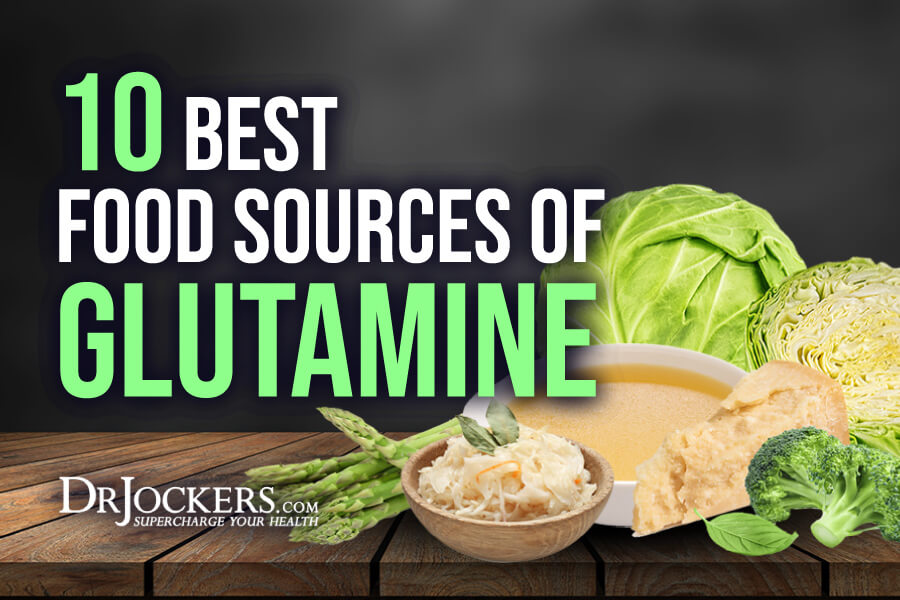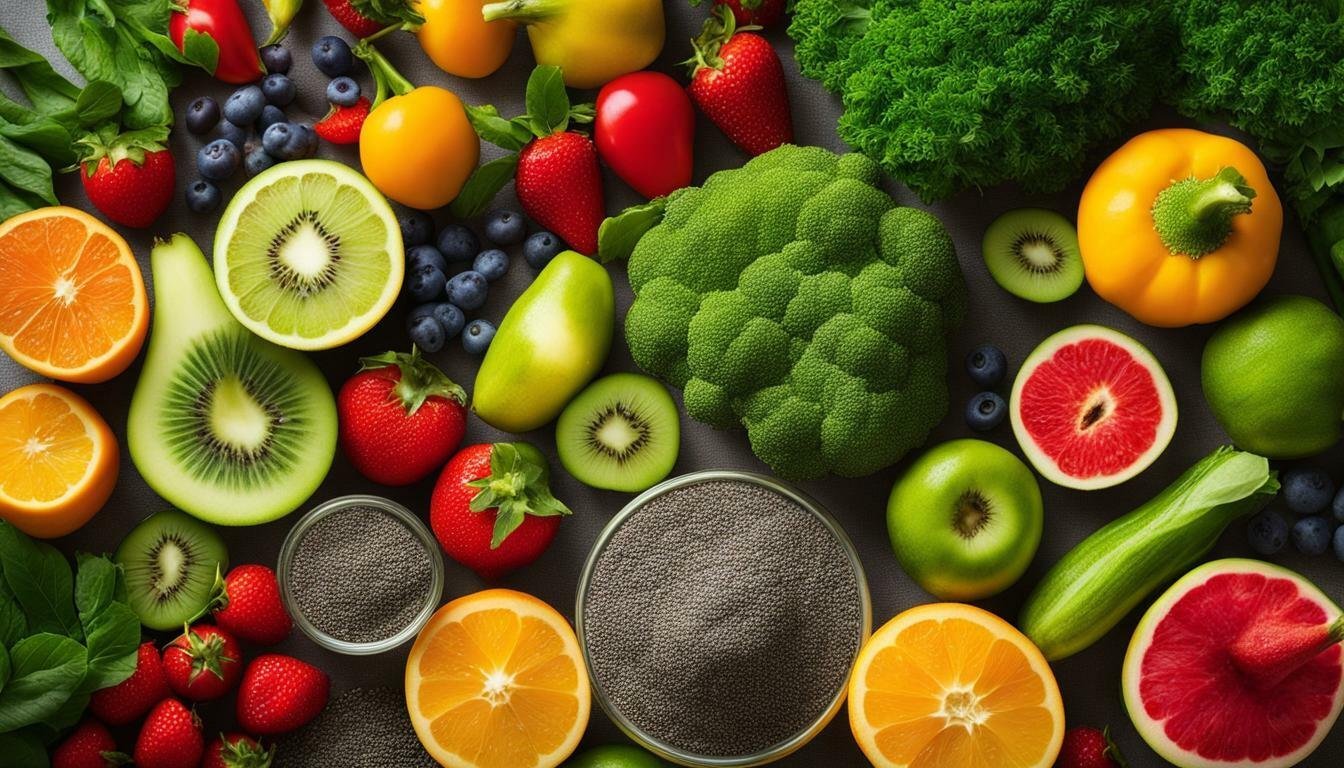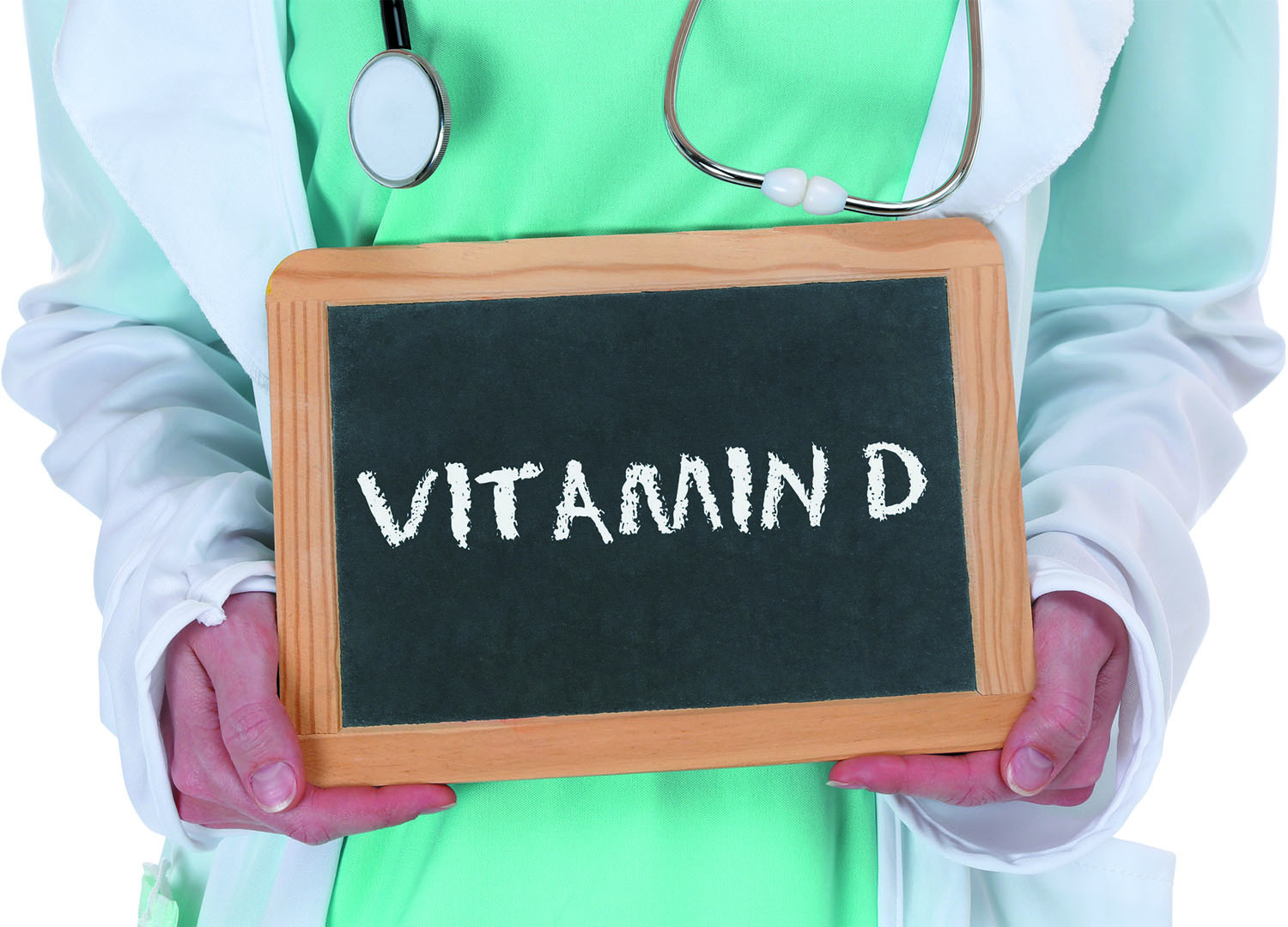Food That are High in Magnesium: Discover the Supercharged Sources
Foods high in magnesium include dark leafy greens, nuts and seeds, legumes, whole grains, and fish. Magnesium is an essential mineral that plays a crucial role in maintaining overall health and well-being.
It is involved in more than 300 enzymatic reactions in the body, including energy production, muscle and nerve function, and protein synthesis. Despite its importance, many people do not consume enough magnesium in their diets. If you’re looking to boost your magnesium intake, there are several nutrient-rich foods that can help.
We will explore some of the top food sources of magnesium and discuss their potential health benefits. Whether you’re vegetarian, vegan, or omnivorous, there are plenty of options to choose from to ensure you’re meeting your daily magnesium needs. Read on to discover the best magnesium-rich foods to incorporate into your diet.

Credit: drjockers.com
Why Magnesium Is Essential For Your Health
Magnesium is an essential mineral that plays a crucial role in maintaining our overall health. It is involved in over 300 biochemical reactions in the body, including energy production, protein synthesis, muscle and nerve function, and blood glucose control.
Consuming foods that are high in magnesium can have numerous benefits for our health. Magnesium helps regulate blood pressure and maintain a healthy heart, reducing the risk of cardiovascular diseases. It also improves bone health by assisting in the absorption of calcium and preventing osteoporosis. Moreover, magnesium promotes better sleep and reduces the symptoms of insomnia and anxiety.
Some of the best food sources of magnesium include spinach, almonds, avocado, black beans, pumpkin seeds, dark chocolate, bananas, and quinoa. Incorporating these foods into your diet can significantly improve your magnesium intake and contribute to better overall health.
| Food Source | Magnesium content per 100g |
|---|---|
| Spinach | 79mg |
| Almonds | 270mg |
| Avocado | 29mg |
| Black Beans | 86mg |
| Pumpkin Seeds | 535mg |
| Dark Chocolate | 70mg |
| Bananas | 27mg |
| Quinoa | 64mg |
By incorporating these magnesium-rich foods into your diet, you can ensure that you are meeting your daily magnesium requirement and reaping the many benefits it offers for your overall health and well-being.
Understanding Magnesium Deficiency
Magnesium is an essential mineral that our bodies need to function properly. Understanding the signs and symptoms of magnesium deficiency is important for maintaining good health. Some common symptoms of magnesium deficiency include muscle cramps, fatigue, weakness, and irregular heartbeat. In addition to these, magnesium deficiency can also lead to more serious health risks, such as osteoporosis, high blood pressure, and diabetes.
Top Food Sources Of Magnesium
Magnesium is an essential mineral that plays a crucial role in various bodily functions. Incorporating magnesium-rich foods into your diet can help ensure you meet your daily requirements. Here are some top food sources of magnesium:
| Food | Magnesium Content (per 100g) |
|---|---|
| Spinach | 79mg |
| Almonds | 254mg |
| Pumpkin seeds | 262mg |
| Black beans | 60mg |
| Dark chocolate (70-85% cocoa) | 327mg |
These are just a few examples of magnesium-rich foods that you can incorporate into your diet. Including these foods can help provide your body with the necessary magnesium it needs for proper function. Remember to diversify your diet to include a variety of magnesium-rich foods to ensure you are getting adequate magnesium intake. Enjoy exploring and experimenting with different recipes to make your meals both nutritious and delicious!
Leafy Green Vegetables – Nature’s Magnesium Powerhouse
Leafy green vegetables are packed full of essential nutrients, including magnesium. Spinach, kale, and Swiss chard are some of the top sources of magnesium in the plant world.
Spinach: This popular leafy green is not only rich in iron, but it is also an excellent source of magnesium. Just one cup of cooked spinach provides around 157mg of magnesium, which is approximately 40% of the recommended daily intake.
Kale: This trendy superfood is not only a great source of vitamins A and C, but it is also rich in magnesium. One cup of raw kale contains about 30mg of magnesium, which is approximately 7% of the recommended daily intake.
Swiss chard: Another leafy green vegetable that is high in magnesium is Swiss chard. One cup of cooked Swiss chard provides approximately 150mg of magnesium, which is approximately 36% of the recommended daily intake.
Nuts And Seeds – Crunchy Sources Of Magnesium
Nuts and seeds are crunchy sources of magnesium, an essential mineral that supports various bodily functions. Incorporating these nutrient-rich foods into your diet can help ensure you meet your daily magnesium needs.
Almonds, pumpkin seeds, and cashews are highly nutritious nuts and seeds that offer a substantial amount of magnesium. These crunchy delights have long been recognized for their health benefits, and magnesium content is one of their standout features.
Almonds are a fantastic source of magnesium, providing 20% of the recommended daily intake per 1-ounce serving. They are also rich in essential nutrients such as Vitamin E, protein, and fiber.
Pumpkin seeds, on the other hand, are not only an excellent source of magnesium but also contain other essential minerals like zinc, iron, and copper. Consuming just a small handful of pumpkin seeds can contribute significantly to your daily magnesium needs.
Cashews, while typically associated with healthy fats, offer a decent amount of magnesium. They are also packed with antioxidants, vitamins, and minerals, making them a wholesome snack choice.
Whole Grains – Fiber-filled Sources Of Magnesium
Whole grains quinoa, brown rice, and whole wheat bread are excellent sources of magnesium. These grains are packed with fiber, which not only aids in digestion but can also help regulate blood sugar levels and promote a healthy weight. Quinoa, known as a complete protein, is also rich in other nutrients such as iron, zinc, and vitamin B. Brown rice, a staple in many cuisines, provides essential minerals and vitamins like niacin and manganese. Whole wheat bread, made from whole grains, contains the bran, germ, and endosperm, offering more fiber and nutrients compared to refined white bread. Incorporating these whole grains into your diet is an easy way to increase your magnesium intake and reap the numerous health benefits.
Legumes – Protein-packed Sources Of Magnesium
Legumes are protein-packed sources of magnesium that can easily be incorporated into a balanced diet. One example is black beans, which are not only rich in magnesium but also contain fiber, iron, and potassium. Chickpeas, another legume, are a versatile ingredient that can be used in various dishes such as salads and stews. They are a great source of magnesium, protein, and dietary fiber. Lentils are yet another legume that provides essential nutrients including magnesium, protein, and iron. They are known for their ease of cooking and can be added to soups, curries, or even salads.
Fish And Seafood – Omega-3 Rich Sources Of Magnesium
Fish and seafood are excellent sources of magnesium and omega-3 fatty acids, making them a healthy choice for obtaining essential nutrients. Include these foods in your diet to support heart health and maintain optimal magnesium levels.
Salmon
Salmon is a great source of magnesium. It is also packed with omega-3 fatty acids, which have numerous health benefits. A single serving of salmon can provide a significant amount of the recommended daily intake of magnesium. This mineral is important for a variety of bodily functions, including muscle and nerve function, energy production, and bone health.
Halibut
Halibut is another omega-3 rich fish that contains a good amount of magnesium. It is a lean source of protein and is also low in calories. Adding halibut to your diet can help increase your magnesium intake while enjoying a delicious and nutritious meal.
Mackerel
Mackerel is a fatty fish that is not only high in omega-3 fatty acids but also provides a good amount of magnesium. It is known for its distinct flavor and is often used in various cuisines. Incorporating mackerel into your diet can help boost your magnesium levels and promote overall health.
| Food | Magnesium Content |
|---|---|
| Salmon | 56 mg per 100g |
| Halibut | 40 mg per 100g |
| Mackerel | 97 mg per 100g |
By incorporating these fish into your diet, you can increase your magnesium intake and enjoy the many health benefits that this essential mineral provides.
Dark Chocolate – Indulgent Source Of Magnesium
Dark chocolate is an indulgent source of magnesium due to its high cacao content. Cacao beans are rich in magnesium, which is an essential mineral that plays a crucial role in various bodily functions. Consuming dark chocolate in moderation can provide several health benefits, thanks to its magnesium content. Magnesium is important for promoting heart health, regulating blood pressure, improving mood, and supporting bone health. It also helps in maintaining muscle and nerve function, as well as boosting the immune system. Including dark chocolate in your diet can be a tasty way to increase your magnesium intake. Just remember to opt for dark chocolate with a high percentage of cacao to ensure an adequate magnesium supply.
Incorporating Magnesium-rich Foods Into Your Daily Meals
Discover the simplest way to incorporate magnesium-rich foods into your daily meals for optimal health. Elevate your diet by including natural sources of magnesium such as leafy greens, nuts, seeds, and whole grains.
Magnesium is an essential mineral that plays a crucial role in various bodily processes, including muscle and nerve function, blood pressure regulation, and maintaining strong bones. Incorporating magnesium-rich foods into your daily meals is essential to ensure you meet your recommended daily intake. Here are some recipe ideas and meal suggestions that can help boost your magnesium levels:
- Start your day with a magnesium-packed breakfast by enjoying a bowl of oatmeal topped with almonds and spinach.
- For lunch, prepare a quinoa salad mixed with black beans and avocado for a delicious and nutrient-dense meal.
- Snack on pumpkin seeds or edamame during the day to help keep your magnesium levels up.
- For dinner, try a salmon fillet served with a side of steamed broccoli and brown rice for a well-rounded, magnesium-rich meal.
Remember, along with incorporating these magnesium-rich foods into your diet, it’s important to consider tips for maximizing magnesium absorption. Consuming magnesium alongside foods rich in vitamin D and calcium can promote better absorption. Additionally, minimizing your intake of caffeine and alcohol can also help improve magnesium absorption.
Consultation With A Healthcare Professional
A consultation with a healthcare professional is essential to receive medical advice and guidance regarding your magnesium intake. They will be able to provide individualized recommendations based on your specific health needs. This is important because magnesium plays a crucial role in various bodily functions, such as energy production, muscle and nerve function, and bone health.
Your healthcare professional can assess your current magnesium levels, identify any deficiencies or imbalances, and provide appropriate dietary and supplementation recommendations. They will consider factors such as your age, gender, overall health, and any existing medical conditions.
Maintaining adequate magnesium levels is important as a deficiency can lead to symptoms such as muscle cramps, fatigue, and even more serious conditions. By seeking professional advice, you can ensure that you are consuming the right foods and supplements to meet your magnesium needs.
Frequently Asked Questions For Food That Are High In Magnesium
What Are Some Foods High In Magnesium?
Some foods that are high in magnesium include dark leafy greens, nuts and seeds, legumes, whole grains, and fish. Incorporating these foods into your diet can help ensure you are getting enough magnesium for optimal health.
Why Is Magnesium Important For The Body?
Magnesium plays a crucial role in many bodily functions, including muscle and nerve function, blood sugar regulation, and blood pressure control. It also contributes to the formation of DNA and protein, and supports energy production. Ensuring adequate magnesium intake is essential for overall health.
How Does Magnesium Benefit Cardiovascular Health?
Magnesium helps relax and dilate blood vessels, which improves blood flow and reduces the risk of high blood pressure and cardiovascular disease. It also plays a role in regulating heart rhythm and maintaining normal cholesterol levels, further promoting heart health.
Including magnesium-rich foods in your diet can support a healthy cardiovascular system.
Conclusion
To sum up, incorporating magnesium-rich foods into your diet is essential for maintaining overall health and well-being. From leafy greens like spinach and kale to nuts and seeds, such as almonds and pumpkin seeds, there is a wide range of options available.
Including these foods in your meals can help support proper muscle and nerve function, regulate blood sugar levels, and promote a healthy heart. So, don’t hesitate to add these magnesium powerhouses to your plate and reap the numerous benefits they offer.




